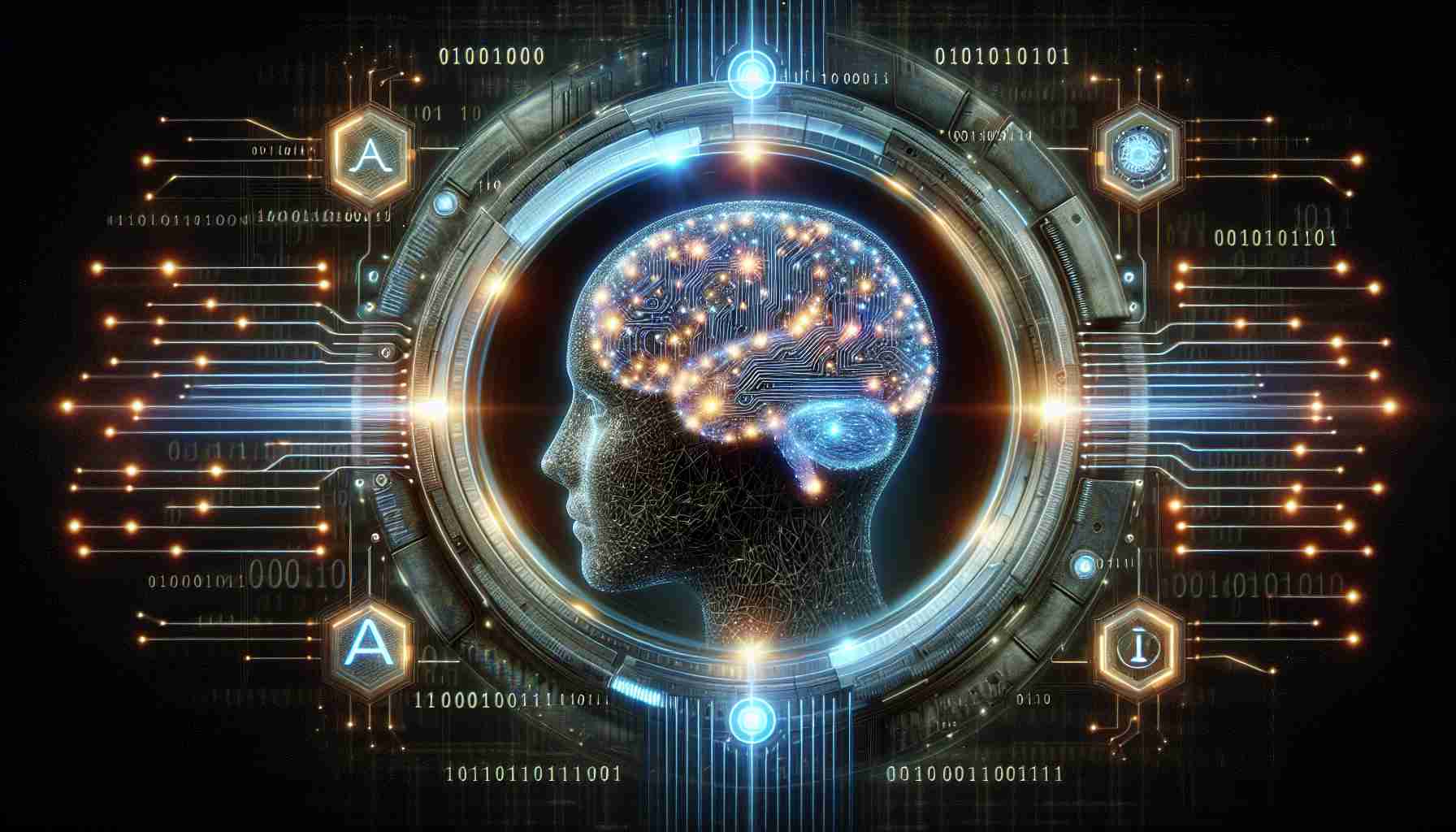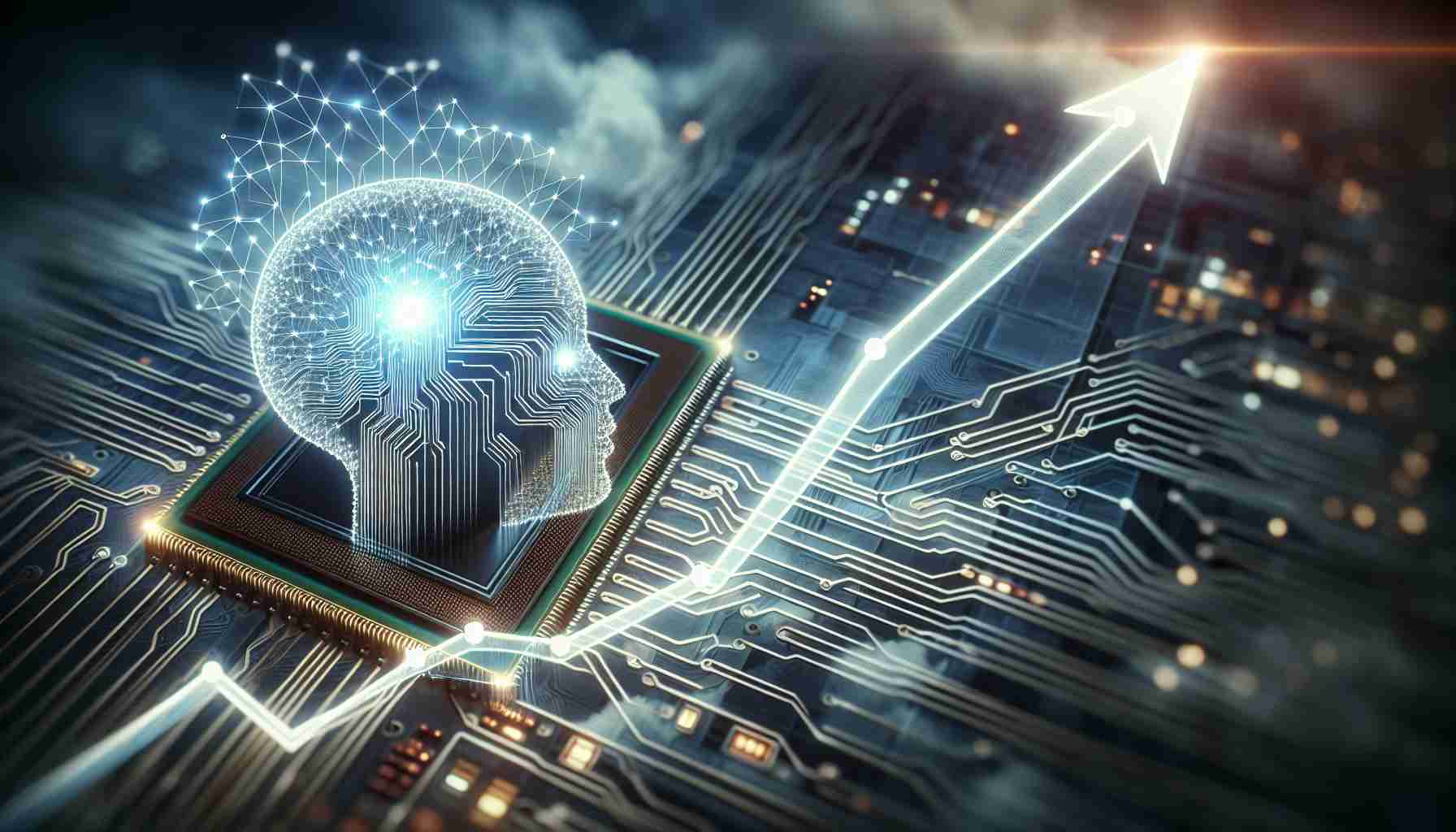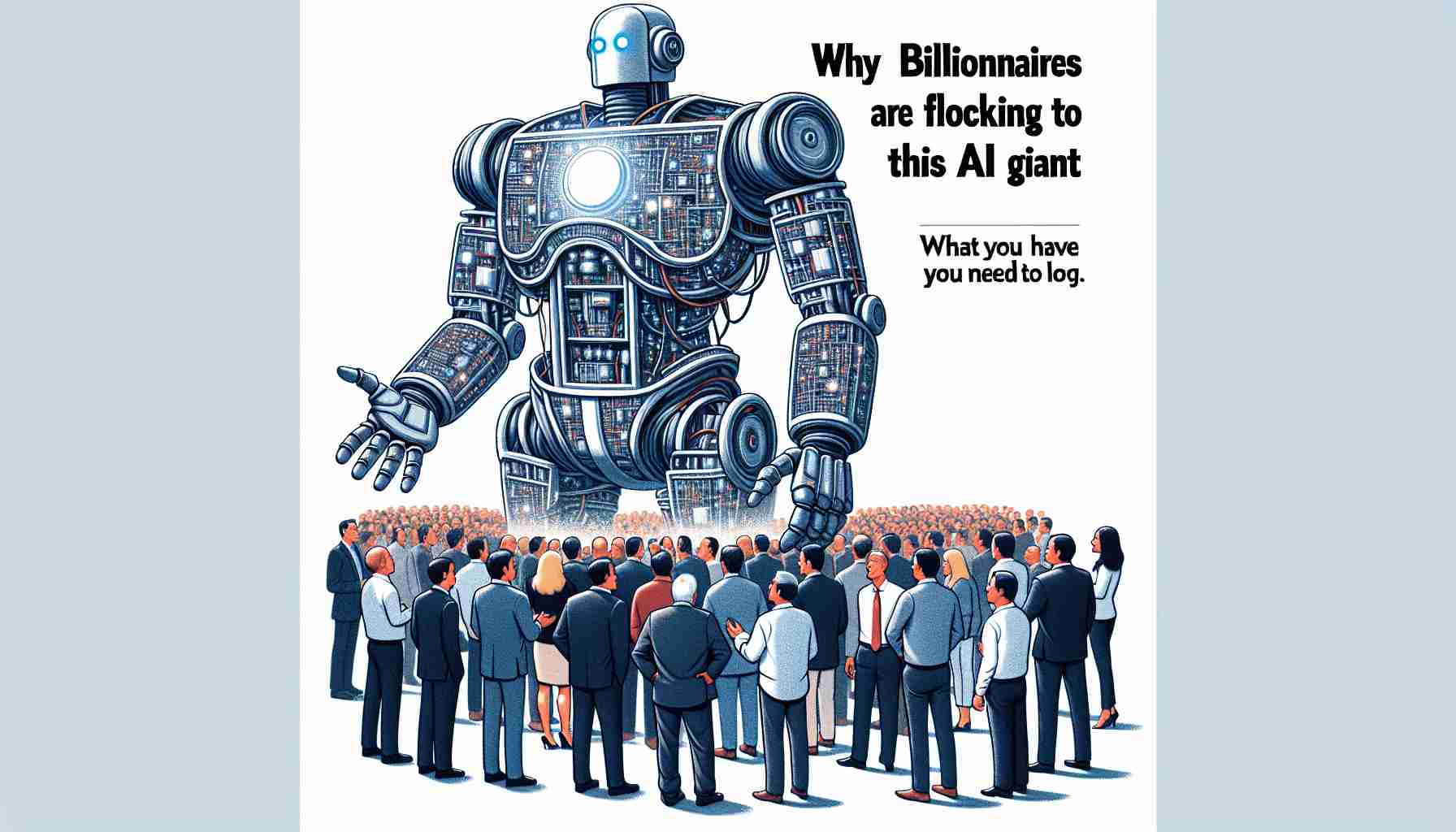Innovative Measures to Safeguard Digital Ecosystems
In a rapidly advancing era of artificial intelligence (AI), the augmentation of productivity is accompanied by a surge in security threats. Expert analysis at the recent 2024 China Internet Conference revealed three prominent security challenges posed by the AI revolution: the weaponization of AI tools for cyberattacks, the societal chaos incited by deepfake technology, and the contamination of data integrity through AI-driven manipulations. Addressing these threats necessitates a shift towards AI-driven security frameworks, enhancing analytical efficiency, operational capabilities, and comprehensive defense mechanisms to fortify defenses in this new era.
Shifting Dynamics in Cyberspace
As we navigate the complexities of the AI age, traditional cybersecurity paradigms are being reshaped by the evolving landscape of threats. The prevalence of sophisticated cyber attackers and state-sponsored entities has replaced sporadic hacker activities, posing severe economic and national security risks. Recent reports highlight the alarming global economic losses projected to reach trillions due to cyber incidents, with state-backed organizations playing a substantial role in escalating cyber threats.
Empowering Cyberdefense with Artificial Intelligence
The advent of AI-driven security strategies presents a pivotal opportunity to exponentially enhance cybersecurity capabilities. By leveraging AI for comprehensive threat analysis, systematized defense mechanisms, and responsive countermeasures, organizations can elevate their security resilience to tackle the triad of emerging threats effectively. AI’s transformative potential in augmenting threat detection, defense coordination, and incident response stands as a cornerstone in fortifying defenses against modern cyber threats.
Pioneering Technological Convergence for Industry Evolution
Beyond cybersecurity concerns, industry leaders emphasize the optimization of computational infrastructure and the integration of AI into industrial processes to foster digital transformation. Initiatives to foster AI innovation, quantum technology research, and industrial digitization underscore the commitment to advancing technological frontiers. By harnessing the power of AI, big data, and the Internet of Things, organizations can catalyze industrial development and pave the way for a seamless convergence of digital technologies with traditional industries, thereby sculpting a modern, competitive industrial ecosystem.
Unveiling the Unseen Realities of Cybersecurity Transformation through Artificial Intelligence
In the fast-paced realm of artificial intelligence (AI), where technology continues to evolve at breakneck speed, the conversation around cybersecurity has taken a drastic turn. While the previous article shed light on pressing security challenges posed by AI, there are nuanced aspects that merit attention to fully grasp the paradigm shift underway.
Key Questions and Insights:
1. How does AI contribute to the sophistication of cyber threats?
– AI’s role in empowering cyber attackers through automated weaponization of tools and algorithms raises concerns about the asymmetric nature of future cybersecurity battles. The ability of malicious actors to leverage AI for tailored attacks poses a significant challenge.
2. What ethical dilemmas emerge with the rise of AI-driven cybersecurity?
– As AI takes the wheel in threat analysis and incident response, ethical considerations surrounding data privacy, algorithm bias, and accountability in decision-making processes come to the forefront. Balancing security imperatives with ethical standards is a critical dilemma facing the cybersecurity landscape.
Challenges and Controversies:
1. Adversaries vs. Defenders: The AI Arms Race
– The race between cyber adversaries exploiting AI tools for malevolent purposes and defenders harnessing AI for security enhancement intensifies the cybersecurity arms race. The challenge lies in staying ahead of evolving threats while ensuring the responsible deployment of AI technologies.
2. Regulatory Hurdles: Striking a Balance between Innovation and Compliance
– The regulatory landscape struggles to keep pace with the rapid advancements in AI cybersecurity. Balancing innovation with compliance frameworks poses a challenge, as organizations navigate the complexities of adhering to data protection regulations while leveraging cutting-edge AI solutions.
Advantages and Disadvantages:
1. Advantages of AI in Cybersecurity:
– Rapid threat detection and response capabilities
– Enhanced anomaly detection through machine learning algorithms
– Automating routine security tasks for efficiency and scalability
2. Disadvantages of AI in Cybersecurity:
– Vulnerabilities to adversarial attacks targeting AI systems
– Potential for AI bias in decision-making processes
– Skilled human oversight required to prevent AI-driven misconceptions
Exploring Further:
For a deeper dive into the intricate convergence of AI and cybersecurity, exploring resources from established cybersecurity experts can provide valuable insights. Links to reputable domains like CSO Online and Dark Reading offer comprehensive analyses on cutting-edge cybersecurity trends and AI applications in the field.
As we navigate the uncharted waters of cybersecurity transformation catalyzed by AI, addressing these critical questions, challenges, and nuances will be imperative in safeguarding digital ecosystems and fortifying defenses against emerging cyber threats.





















